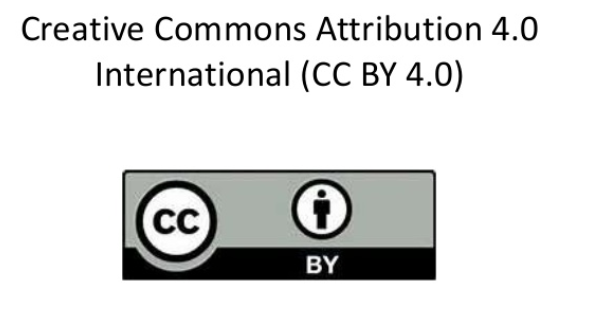Nurah M. Alzamel*
Department of Biology, College of Science and Humanities, Shaqra University, Shaqra 11961, Saudi Arabia
*Corresponding author’s emails: nurahalzamel@gmail.com; nalzamel@su.edu.sa
Received: 06 October 2024 / Accepted: 06 May 2025 / Published Online: 24 May 2025
Abstract
Irrigation with saline water significantly reduces maize cultivation and productivity worldwide. Therefore, it is essential to investigate sustainable approaches to mitigate diverse effects of irrigation with saline water on various physiological and agronomical characteristics of maize, such as foliar application of selenium and proline. Two experiments, consequently, were carried out in the experimental farm of the College of Sciences and Humanities, Shaqra University, Al-Quwayiyah Governorate, Kingdom of Saudi Arabia during the two successive autumn seasons of 2022 and 2023. Three saltwater irrigation treatments were separately applied using a randomized complete block design with a split-plot arrangement with three replications. In each one of these, three rates of selenium were distributed in the main plots, whereas three rates of proline were applied in the sub-plots. Selenium and proline applications, individually or combined, significantly reduced the effects of saltwater irrigation stress on physiological and agronomic traits of maize. Obviously, optimal results were achieved with selenium at 10 mg L-1 and proline at 10 mM, effectively mitigating the adverse effects of saltwater irrigation on the physiological and agronomic traits of maize. At a moderate salinity level of 2000 mg L-1 NaCl, the application of 5, and 10 mM proline improved grain yield per plant by 7.76 and 5.54 %, as well as 17.62 & 7.99%; grain yield per hectare by 7.18 and 7.72 %, along with 19.11 & 8.33 %; and stover yield per hectare by 8.56 and 6.87 %, as well as 16.38 and 9.05 %, in both seasons, respectively under the application of 5, and 10 mg L-1 selenium, respectively, as compared to severe salinity level of 3000 mg L-1 NaCl. This in turn showed that exogenous selenium and proline application, individually or combined, were effective strategies in mitigating the harmful effects of salinity on physiological and agronomic traits of maize.
Keywords: Grain yield, Maize, Proline, Saline irrigation stress, Selenium



